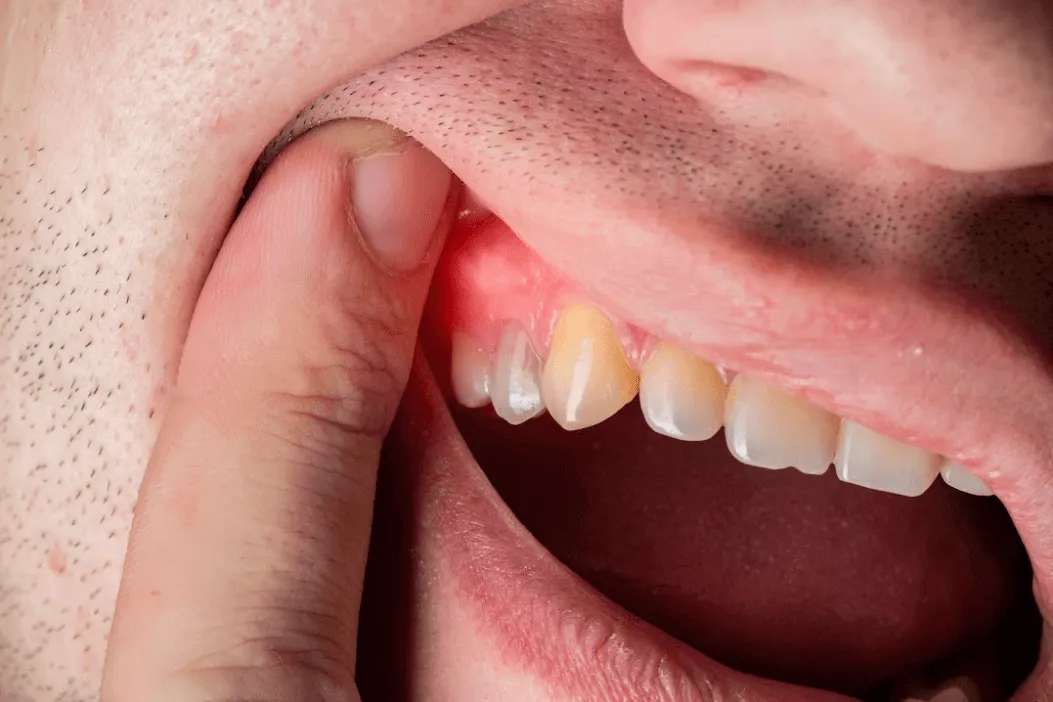
-
Posted By admin
-
-
Comments 0
Treatments for Gum Disease: How to Restore Your Gum Health
Gum disease, or periodontal disease, is a silent threat to your oral health that can progress without noticeable symptoms until significant damage has occurred. If left untreated, it can lead to tooth loss and even affect your overall health. Fortunately, there are effective treatments for gum disease that can restore the health of your gums and preserve your smile.
In this blog, we’ll explore what gum disease is, why it happens, and the range of treatment options available—from early interventions to advanced care. Whether you’re in the initial stages or facing severe gum issues, this guide will help you take informed steps toward better oral health.
Understanding Gum Disease: What It Is and Why It Matters
Gum disease is an inflammatory condition affecting the soft tissues surrounding the teeth. It is caused primarily by bacterial plaque that builds up due to poor oral hygiene. There are two main stages:
- Gingivitis: The early stage, marked by red, swollen gums that may bleed during brushing.
- Periodontitis: An advanced stage where the gums pull away from the teeth, forming infected pockets and potentially leading to bone loss.
Neglecting gum disease doesn’t just affect your mouth—it can contribute to systemic conditions such as cardiovascular disease and diabetes.
What Causes Gum Disease?
Understanding the root causes helps in both prevention and treatment. Common contributors include:
- Poor brushing and flossing habits
- Smoking or tobacco use
- Hormonal changes (e.g., pregnancy, menopause)
- Diabetes or other systemic diseases
- Genetic predisposition
- Certain medications causing dry mouth
Common Symptoms of Gum Disease
Early detection is key. Look out for the following signs:
- Bleeding while brushing or flossing
- Swollen, red, or tender gums
- Receding gum lines
- Persistent bad breath
- Loose or shifting teeth
- Changes in your bite
If you’re experiencing any of these symptoms, it’s time to seek professional dental advice.
Treatments for Gum Disease: Options for Every Stage
The approach to treating gum disease depends on its severity. Here’s a comprehensive breakdown:
|
Stage |
Treatment |
Description |
|
Gingivitis |
Professional Dental Cleaning |
Removes plaque and tartar to reverse inflammation. |
|
Early Periodontitis |
Scaling and Root Planing |
Deep cleaning beneath the gums to eliminate bacteria. |
|
Moderate Periodontitis |
Antibiotics or Antimicrobials |
Local or oral medications to control infection. |
|
Advanced Periodontitis |
Flap Surgery |
Lifting gums to clean the root surfaces and reduce pockets. |
|
Severe Bone Loss |
Bone and Tissue Grafts |
Regenerative procedures to restore lost structures. |
Non-Surgical Treatments
1. Professional Cleaning
This preventive step helps remove plaque and tartar above the gum line. Recommended bi-annually for healthy gums, and more frequently for at-risk patients.
2. Scaling and Root Planing
A deep-cleaning procedure done under local anesthesia. It smoothens root surfaces, discouraging bacterial growth and allowing gums to reattach to teeth.
3. Antibiotic Therapy
Topical antibiotics (gels or mouth rinses) or oral medications may be prescribed to reduce bacterial load and inflammation.
Surgical Treatments
4. Flap Surgery (Pocket Reduction Surgery)
Involves lifting the gums back to remove tartar deep under the gumline. After cleaning, gums are sutured for better fit and healing.
5. Bone Grafts and Soft Tissue Grafts
These help regenerate lost bone or gum tissue. Bone grafts use natural or synthetic materials, while soft tissue grafts use donor tissue to reinforce thinning gums.
6. Guided Tissue Regeneration
This advanced technique uses biocompatible membranes to promote tissue growth, often combined with bone grafts.
Recovery and Aftercare
Post-treatment care is essential to avoid recurrence:
- Use an antibacterial mouthwash as prescribed
- Maintain excellent oral hygiene habits
- Schedule follow-up visits every 3-6 months
- Avoid tobacco use
- Eat a balanced, low-sugar diet
Patients who undergo treatment for gum disease often need ongoing periodontal maintenance for lasting results.
Prevention: The Best Cure
Preventing gum disease starts with proactive oral care:
- Brush at least twice daily with fluoride toothpaste
- Floss daily to remove interproximal plaque
- Use a therapeutic mouthwash to control bacteria
- Stay hydrated to promote saliva flow
- Visit your dentist regularly for checkups and cleanings
Remember, your gums are the foundation of your oral health—don’t ignore their warning signs.
Looking Beyond Gum Disease: Consider Orthodontic Solutions
Did you know that misaligned teeth can contribute to gum disease? Crooked or crowded teeth are harder to clean, increasing the risk of plaque buildup and inflammation.
If you’re dealing with both alignment issues and gum disease, consider exploring orthodontic treatments in Ajman to achieve a healthy and balanced smile. Addressing both structural and periodontal problems together can lead to lasting oral health benefits.
FAQs on Treatments for Gum Disease
1. Is gum disease reversible?
Gingivitis, the early stage, is reversible with professional cleanings and improved oral hygiene. Periodontitis requires more intensive treatment and is manageable but not fully reversible.
2. How long does it take to treat gum disease?
Treatment duration varies by severity. Mild cases can improve in a few weeks, while advanced cases may require several months of care and follow-ups.
3. Can I treat gum disease at home?
Home care is crucial but cannot replace professional treatment. Plaque under the gumline requires professional intervention.
4. Will I lose my teeth if I have gum disease?
Not necessarily. With early diagnosis and proper treatment, tooth loss can be prevented even in advanced cases.
5. Is gum disease contagious?
While not contagious in the traditional sense, the bacteria causing gum disease can be passed through saliva. Maintaining individual oral hygiene is key.
Final Thoughts
Treating gum disease isn’t just about saving your smile—it’s about protecting your overall health. Whether you’re experiencing mild symptoms or advanced periodontal problems, there are effective treatments for gum disease available today. The key lies in early detection, expert care, and consistent follow-up.
Don’t wait for symptoms to worsen. Schedule a periodontal evaluation with your dental provider and take the first step toward lasting gum health.
Recent Posts
- Why Regular Blood Tests Are Important for Your Health
- Should You Take Medicine like Panadol for Cold and Flu? And When It’s Time to See a Doctor
- Signs You Might Need to See a General Practitioner
- Managing High Blood Pressure: What Every Patient Should Know about symptoms and treatments
- How to Control Diabetes: From Diagnosis to Treatment Tips


